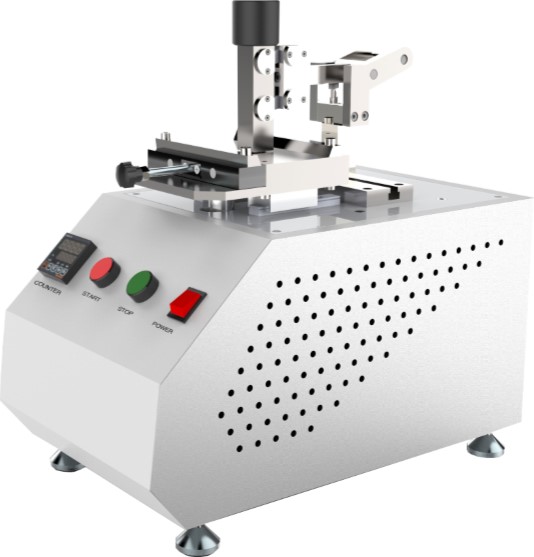
NewsInformation Center
Textile color fastness testing notes
2022/07/18
Textile quality testing is closely related to our daily life, and I divide textile testing into three stages of testing: raw material testing, fabric testing and finished product testing.
Raw material testing
It refers to the yarn used to weave the fabric, and the fiber made of yarn, etc. These are the more original materials, and their characteristics will affect the quality of their semi-finished products. Therefore, some of their characteristics need to be tested. The testing of raw materials is generally done only for the most important characteristics, such as the length of cotton fibers, the deformation of shaped fibers, the strength of chemical fibers, etc.
Fabric testing
It refers to the testing of fabrics according to their characteristics or the basic requirements made by them or the characteristics of garments, such as: color fastness testing, physical testing, chemical testing, ecological testing, burning performance testing and functional testing, etc. The subjects of fabric testing are mostly fabric suppliers, buyers and production technology R&D departments.
Garment testing
It refers to the use of the final product used - the finished garment - for testing. In the international trade environment, garment testing is also adopted by the majority of trade parties; however, in foreign countries, there is no garment product standard, but their national or local governments will promulgate some important mandatory technical requirements. In China, the state authorities have formulated and issued numerous recommended standards and a few mandatory standards for the purpose of supervising the market and guiding production. The subjects of garment testing are mostly brand owners, consumer rights, and administrative sampling behavior!
The visual assessment of color fastness is based on the size of the color difference between the post-test sample and the original sample by visual comparison. Usually use discoloration and staining gray sample card, and blue wool label as the assessment standard.
The gray card is applicable to the color fastness rating of textiles in GB, ISO, AATCC, DIN, BS, JIS, EN standards.
In doing the textile sunlight fastness test, matters needing attention.
1. Sampling process of specimens
(1) The size and shape of the specimen should be the same as the blue wool standard, because the larger area of the specimen against the smaller area of the blue standard will be rated bias
High error;
(2) For the pile head fabric, its surface to avoid being flattened by the cover;
(3) for loose fibers, to be organized into thin layers, and fixed on the hard card.
2. Grading process
(1) Photochromic phenomenon should also be considered. This is mainly manifested in the textile by a short period of light exposure will be quickly discolored, but stored in a dark place will return to the original color.
(2) for the hue change, whether it is fading or hue change, exposure to the color difference of the fabric sample is assessed by visual inspection, any color change is also included in the assessment.
The above is a review of the leather rubbing colorfastness tester, please leave a message if you have purchased!
Previous: UV aging test standard and scope
N e x t : What are the tests that must be done on the interior parts of the car?




